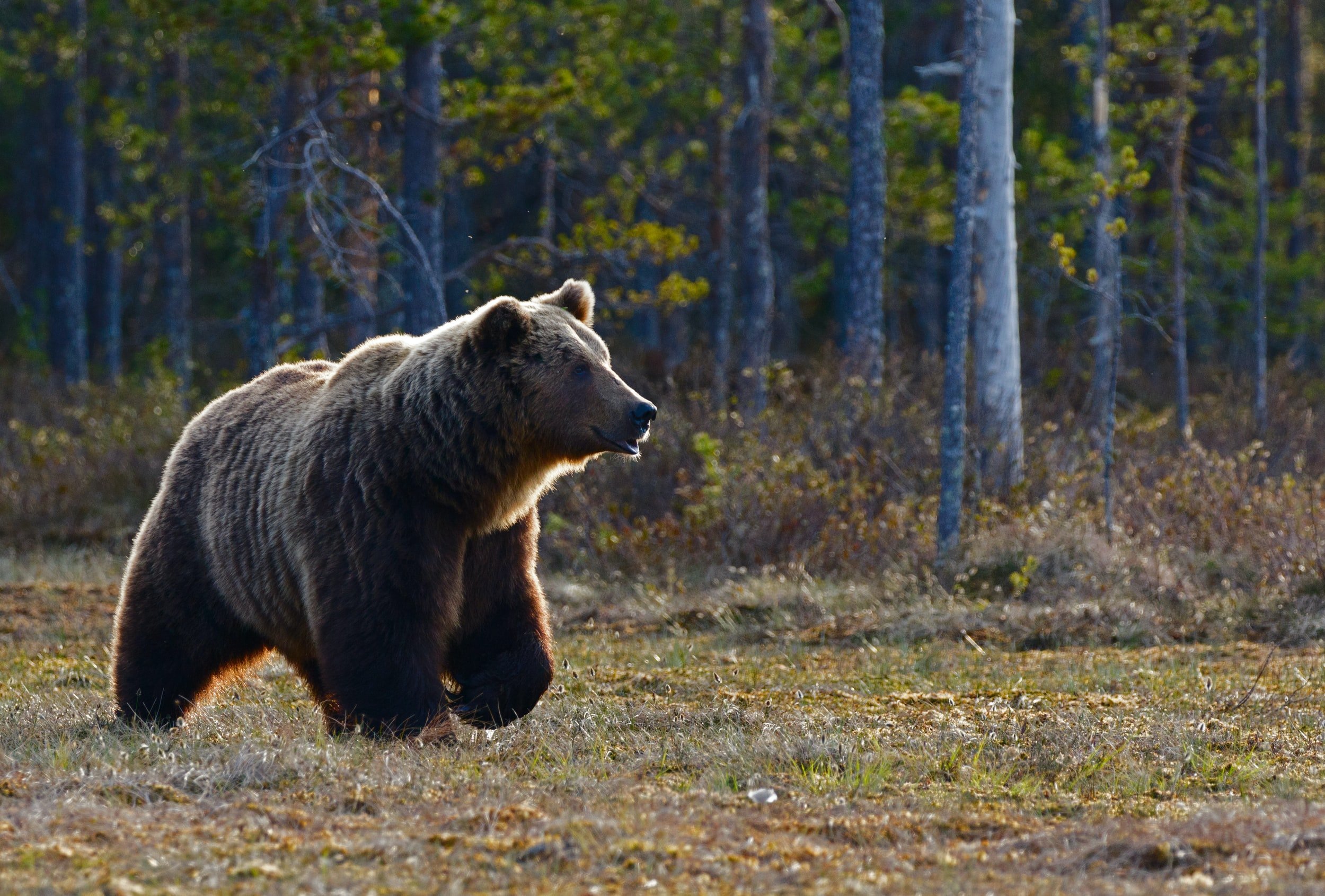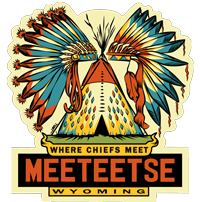
Wyoming Wildlife
-

Antelope
The antelope or pronghorn is native to this region of North America. They are most closely related to the giraffe. Their horns and coat pattern make them easily identifiable to other big game wildlife in the Wyoming area. Antelope are both stunning to photograph and the focus of many group hunts for locals.
-

Bald Eagle
The Bald eagle is a national icon and has a prolific presence in Park County. These majestic carnivorous birds can be seen soaring the western skies, looking for prey. The eagle feeds off small mammals and fish and can be easily recognized by its white head, black body, and white tail feathers. The Bald eagle is a protected species, and it is illegal to kill or possess any part of the eagle (Bald or Golden). According to the eagle feather law, the only individuals allowed to obtain or possess eagle feathers are Native Americans enrolled in a federally recognized tribe.
-

Bighorn Sheep
The bighorn sheep are native to North America and their horns are their crowning glory. The horns themself can weigh as much as 30 lbs while the bighorn sheep can grow as heavy as 315 lbs. Their love of rocky regions make Wyoming the perfect home for these majestic animals.
-

Black Bear
Wyoming is home to two species of bear. Pictured is the Black Bear, which is the less aggressive of the two. It is important to always stay bear aware and carry bear spray while out hunting or exploring. Also, be sure you can identify the signs when you are in bear territory.
-

Black Footed Ferret
Thought at one point to be extinct, the only known natural Black Footed ferret population is just outside Meeteetse, making this one of the only place in the world where these creatures can be spotted. The Black Footed ferret closely resembles its domestic cousin but can be distinguished by their black “socks”. Carnivorous in nature, the Black Footed ferret hunts small mammals for food and are most active at night.
-

Coyote
The Coyote, also referred to as the Prairie wolf, is a species of canine that travels in packs or solo through the Wyoming prairie. Their population numbers in Wyoming are large and can frequently be seen hunting in the sagebrush fields or scavenging for scraps in town. The Coyote is extremely adaptable which has allowed their numbers to soar and provides them the ability to live in almost any environment. Not to be mistaken for their wolf cousin who also inhabits the area.
-

Deer
Wyoming is home to Mule and Whitetail Deer and they can be found in large numbers in and out of town. The Mule deer is identified by their large ears and thick coats and the Whitetail is identified by its more slender build and white flag tail. You can find them in a variety of environments from wooded forests to our vast prairies and in everywhere in between.
-

Elk
Known as wapiti to the Native Americans, elk are one of the largest species in the deer family and can be found throughout the Meeteetse area. These majestic animals can be found in herds and on their own. The large population that can be found here in Wyoming make this a destination for hunters and wildlife photographers from around the world.
-

Fisher
The Fisher is a small carnivorous mammal that resides in the forests of North America. Sometimes called the “Fisher cat”, the Fisher is not actually categorized as a cat, they are in the weasel family. This elusive creature is seldom seen, much like the American marten that has very similar characteristics. The Fisher was widely sought after during the fur trade due to their silky coat, attracting trappers to the Shoshone National Forest for several years.
-

Fox
The Red fox is the largest of the fox family and can frequently be seen in and around Meeteetse. The Red fox is easy to discern from its other canine counterparts that also live in the area due to its red coat, white tipped bushy tail and white mouth and chest. Unlike wolves and coyotes, the fox lives a more solitary life, hunting solo for small mammals. If seen in a group it is most likely a vixen (female fox) with her kits (young foxes).
-

Grizzly Bear
The Grizzly bear is one of Wyoming’s biggest attractions. The northwestern corner of Wyoming has the highest concentration of Grizzlies in the lower 48 states. Grizzlies are omnivores, changing their food source to what is readily available. They are known to roam great distances in the hunt for food and safety. Frequently spotted in and around Meeteetse, the Grizzly’s presence makes it necessary for visitors to be bear aware and follow bear safety measures.
-

Magpie
The Magpie is a cunning species and believed to be one of the most intelligent species of bird. The Meeteetse area has a large population of Magpie and they are easily recognized by their attractive feather pattern and quirky characteristics. Magpies can be very entertaining to watch because they interact with other animals and they have a mischievous demeanor, causing them to be classified as a nuisance by some.
-

Moose
Moose are the largest member of the deer family and the males are easily identified by the unique “open hand” shape of their antlers. Cow elk (female) are similar in appearance but without antlers. These large mammals can usually be spotted in marshy areas, creeks, ponds, or lakeside. In the summer season the cows are typically guarding a calf and are known to be aggressive so use caution and keep a safe distance.
-

Mountain Goat
The Mountain goat is a rock dweller that resides high in the peaks of the Absaroka Mountains. The Mountain goat is incredibly sure footed, allowing them to explore steep and icy cliff faces. Their unique appearance makes these rock climbers easy to identify. They have long white coats, a long beard under their chin and have long black horns. You can catch a glimpse of the Mountain goat by watching high cliff faces using binoculars or a spotting scope.
-

Mountain Lion
The mountain lion can be found in several countries, but they call Wyoming home. This solitary creature is both nocturnal, but sightings do occur during the day. It is a reclusive creature and extremely territorial.
-

Wolf
The Grey wolf was reintroduced to Yellowstone National Park in 1995 and since then have multiplied in numbers and have increased their territory outside of Yellowstone. Wolves have been spotted near Meeteetse in the Absaroka Mountains. The Grey wolf is a pack animal, and they work together to hunt large mammals such as elk, deer, and buffalo.

